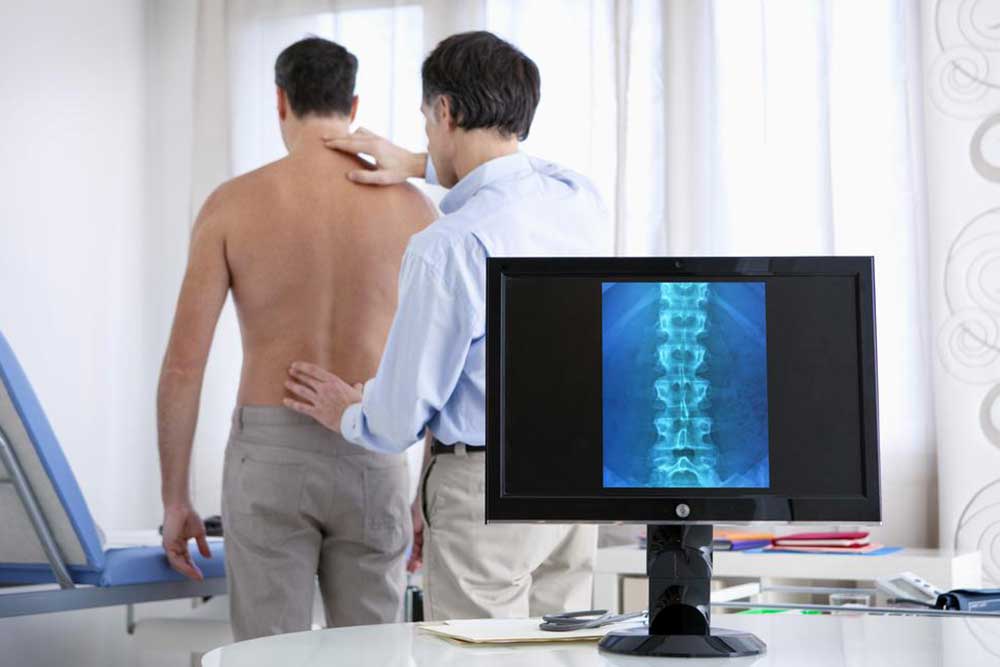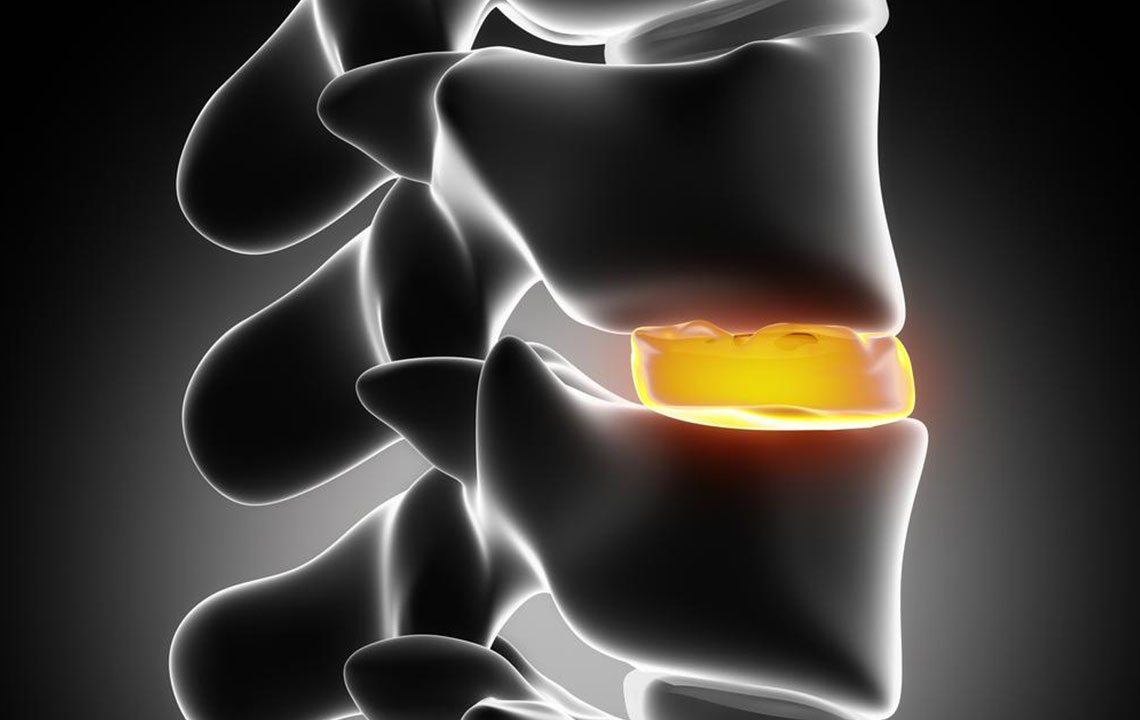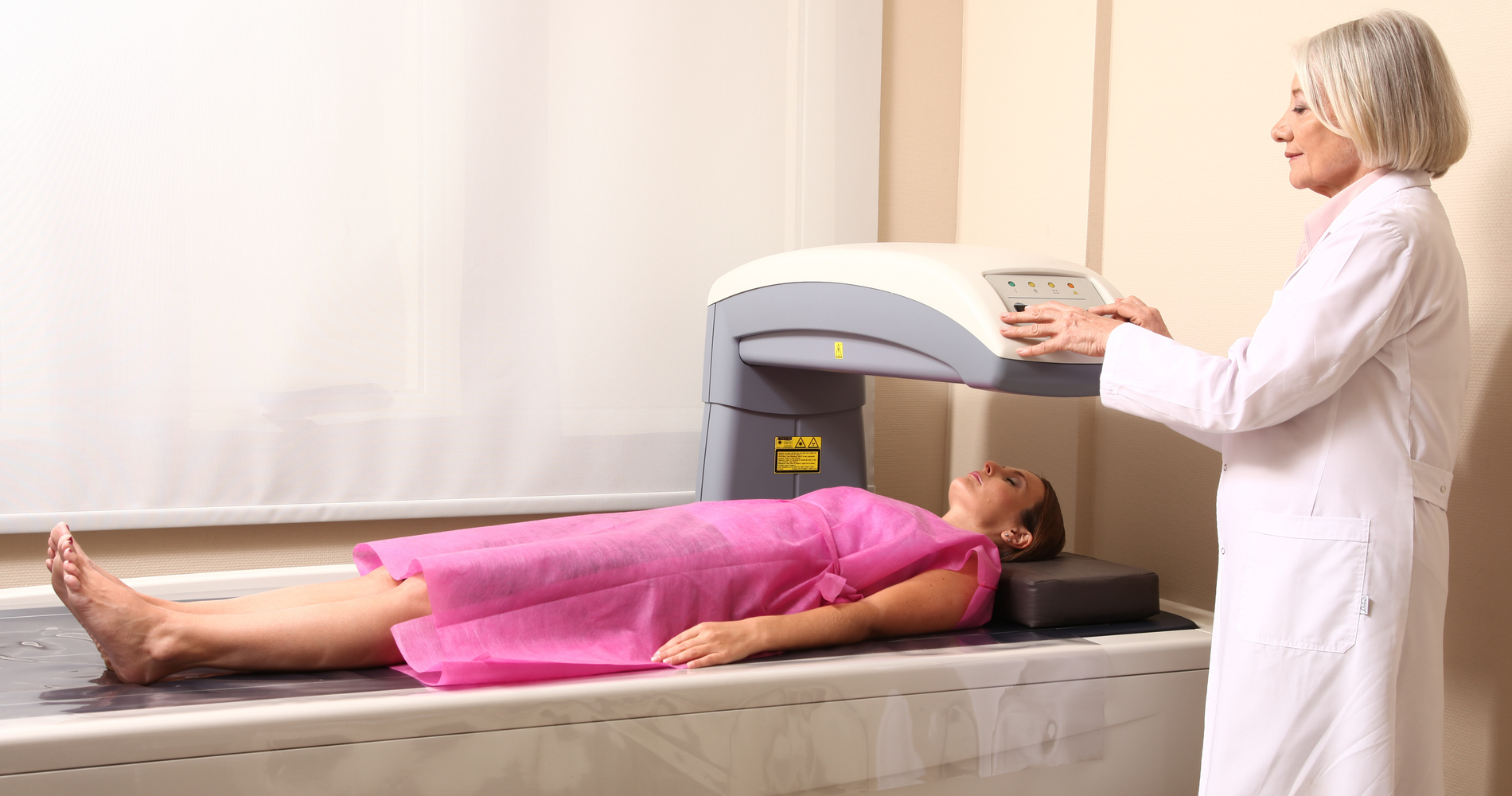Understanding Compression Fractures: Causes, Symptoms, and Treatment
This article provides a comprehensive overview of compression fractures, covering their causes, symptoms, at-risk groups, diagnosis methods, and treatment options. Recognizing early signs and understanding treatment approaches can help prevent long-term complications and ensure better spinal health management.
Understanding Compression Fractures: Causes, Symptoms, and Treatment
Everything You Should Know About Compression Fractures
A compression fracture is a type of spinal injury where one or more vertebrae collapse, resulting in pain and structural changes. Common symptoms include intense back pain, reduced height, and poor posture. The pain is often described as sharp or stabbing, similar to being pierced in the back.
What Leads to a Compression Fracture?
Physical trauma from sports injuries or falls can cause this fracture.
Osteoporosis weakens bones, increasing fracture risk, especially when standing or walking.
Tumors spreading to the spine can exert pressure, leading to fractures.
Congenital conditions like osteogenesis imperfecta may increase susceptibility.
Vertebral infections such as osteomyelitis can also result in collapse.
Recognizing Symptoms of a Compression Fracture
Severe or stabbing back pain is the primary sign.
Postural changes like stooping or humped back may indicate a fracture.
Numbness or tingling sensations, especially in limbs, can occur.
Difficulty walking or limited mobility are common symptoms.
In rare cases, incontinence may be linked to spinal injury.
Individuals at Higher Risk
Older adults, particularly men over 60 and postmenopausal women.
People with calcium deficiency or osteoporosis.
Cancer patients with spinal metastases.
Caucasian and Asian populations, women above 50, smokers, and thin individuals are more prone.
Diagnosis Methods
Consultation with a qualified healthcare professional is essential.
Physical exams assess spinal curvature or deformities.
Imaging tests like X-rays, MRI, or CT scans help confirm diagnosis.
Additional tests identify osteoporosis or tumors if suspected.
Treatment Options
For osteoporosis-related fractures, treatments include rest, pain relief, back braces, physical therapy, calcium supplements, medications to promote bone growth, and surgical procedures like vertebroplasty, where bone cement stabilizes the vertebra.
When tumors cause fractures, options like vertebroplasty or surgical removal are considered.
Trauma-induced fractures may require surgery to fuse vertebrae and alleviate nerve pressure.
Understanding compression fractures is vital for early detection and effective management. Prompt medical attention can prevent further complications and restore spinal health.










